Lab chemical reagent storage cabinet
Lab chemical reagent storage cabinet is a specialized piece of furniture designed to safely store and organize chemical reagents. These cabinets are typically made from materials that are resistant to corrosion and chemical damage, and they often feature features such as: - Adjustable shelves to accommodate different sized containers - Locking mechanisms to prevent unauthorized access - Ventilation systems to help prevent the buildup of harmful fumes - Labels or markings to indicate the contents of each drawer or shelf. Chemical reagent storage cabinets are an important safety feature in any laboratory or workplace where chemicals are used. They help protect workers from exposure to harmful substances, and they can also help prevent fires and other accidents.
Lab chemical reagent storage cabinet is a device specifically used to store chemical reagents, usually made of corrosion-resistant materials, such as stainless steel, plastic or fiberglass. These cabinets usually have the following characteristics:
1. Safety : Chemical reagent storage cabinets are designed to ensure the safe storage of chemical reagents. They are typically fire, explosion, corrosion and chemical resistant to prevent potentially dangerous situations from occurring.
2. Classification storage : Cabinets are usually designed with different compartments, drawers or shelves in order to classify and store chemical reagents. This makes it easy to organize and find the required reagents, while reducing the possibility of confusion and misuse.
3. Ventilation system: In order to prevent the accumulation of harmful gases, chemical reagent storage cabinets are usually equipped with ventilation systems, such as ventilation holes or ventilation ducts. This helps maintain air circulation in the cabinet, reduces the concentration of volatile reagents, and reduces the risk of fire and explosion.
4. Sealing : Good sealing can prevent chemical reagent leakage and external pollutants from entering the cabinet. Cabinet doors are usually equipped with sealing gaskets or other sealing devices to ensure the sealing performance of cabinets.
5. Identification and warning : There is usually a clear sign on the cabinet indicating the type of chemical reagents stored, the danger level and safety precautions. This helps remind users to be safe and take appropriate protective measures.
6. Stability : Chemical reagent storage cabinets are usually designed for a stable structure to prevent tipping or damage in the event of an earthquake or other unexpected circumstances.
7. Compliance : Depending on local regulations and standards, chemical reagent storage cabinets may be required to meet specific safety requirements and specifications. When selecting and using chemical reagent storage cabinets, ensure that they comply with relevant regulations and standards.
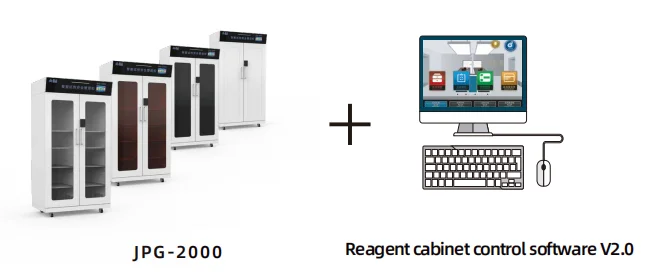
Different types of chemical reagent storage cabinets may have specific functions and characteristics to suit different needs.
For example, some cabinets may be dedicated to storing flammable, explosive, or toxic chemicals, while others may be used to store general laboratory reagents. When choosing a chemical reagent storage cabinet, the following factors should be considered:
1. Type and quantity of stored chemical reagents
2. Level of security required
3. Laboratory space and layout
4. Regulations and standard requirements
5. Budget and cost considerations.
The correct selection and use of chemical reagent storage cabinets is essential to ensure laboratory safety and protect the health of personnel. When using chemical reagent storage cabinets, the following general safety principles should also be followed:
1. Understand the nature and dangerous characteristics of stored chemical reagents, and follow the corresponding safe operation procedures.
2. Do not store incompatible chemical reagents together to avoid dangerous reactions.
3. Keep the inside of the cabinet clean and tidy to avoid the dumping or leakage of the reagent bottle.
4. Regularly check and maintain the tightness, ventilation system and other safety devices of cabinets.
5. Train laboratory personnel to use and operate chemical reagent storage cabinets correctly.
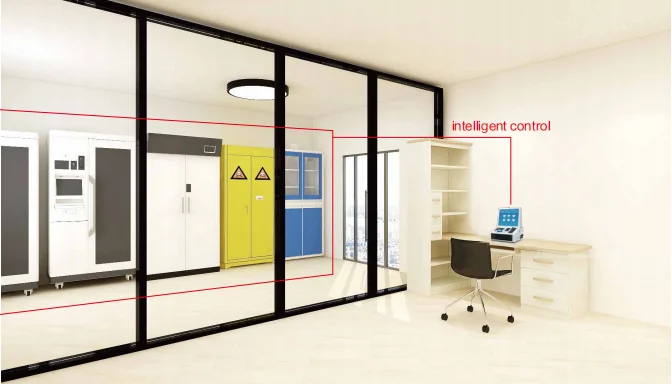
If you need more detailed and specific information, it is recommended to refer to the relevant safety standards, regulations or consult a professional laboratory equipment supplier. They can provide more accurate and appropriate advice based on your specific needs.

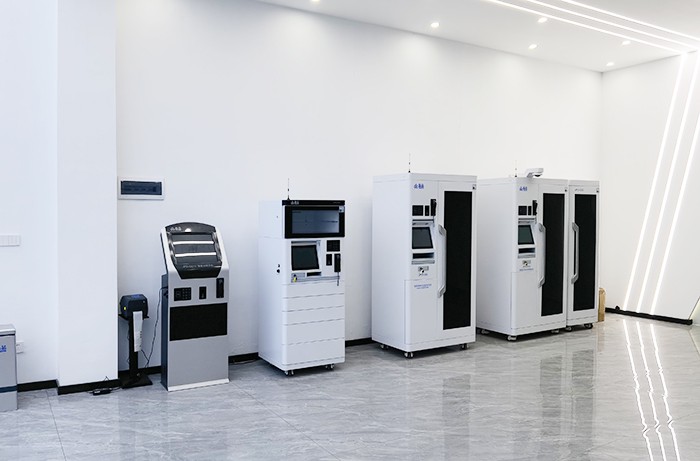

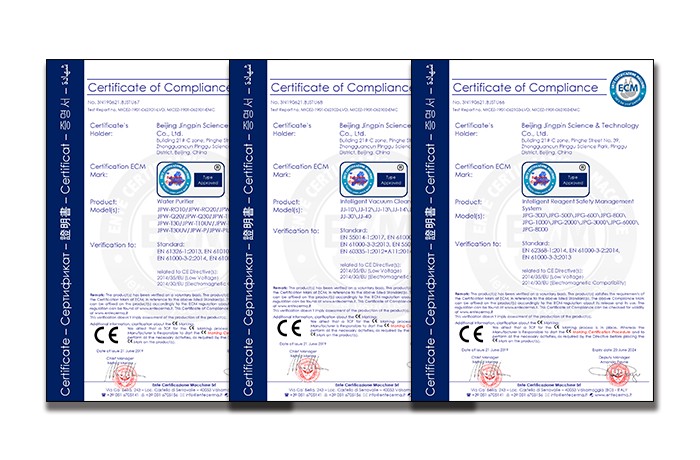
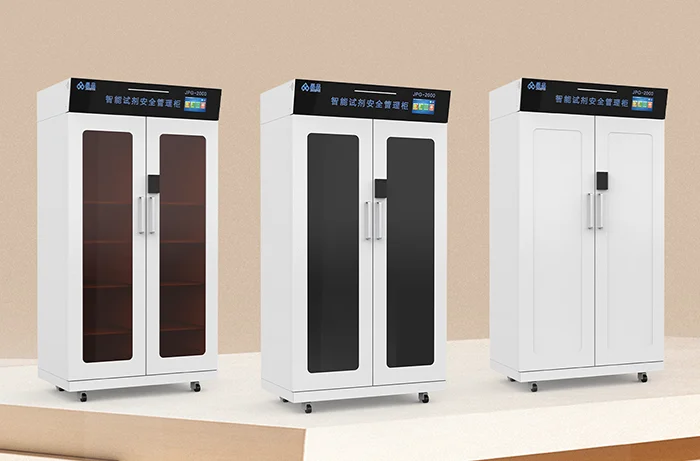
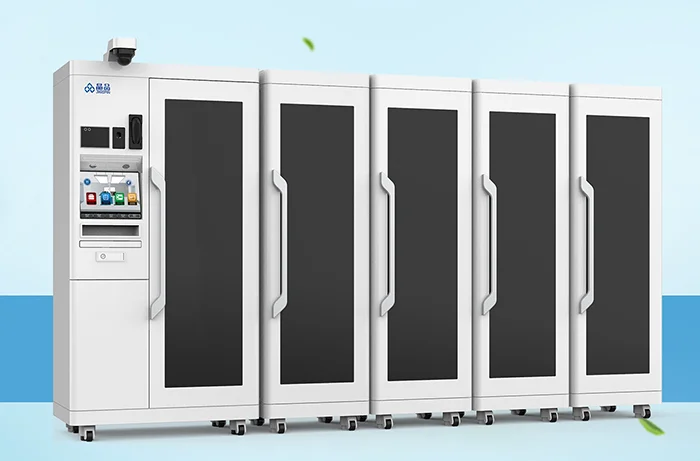
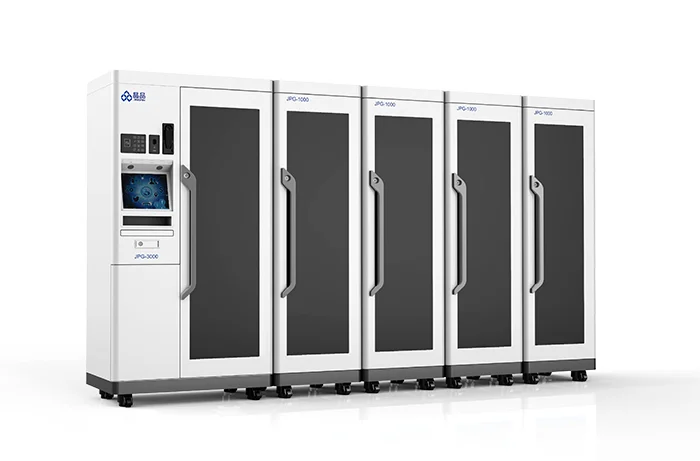

Leave a Message